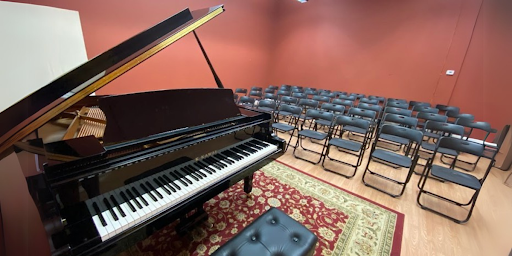[Nationwide] - An article from Worldwide Piano titled “Kawai vs Yamaha: Which Piano Reigns Supreme?” provides an in-depth evaluation of the two renowned piano brands, highlighting key areas where Kawai pianos demonstrate notable advantages over Yamaha. The comparison encompasses various aspects, including action technology, key design, tonal quality, and overall craftsmanship.
One of the standout features of Kawai pianos is their Millennium III action, which utilizes ABS-Carbon components instead of traditional wooden parts. This material is both lighter and stronger than wood, leading to faster key repetition, increased durability, and enhanced consistency in performance. Wooden action parts, as found in Yamaha pianos, may be more vulnerable to environmental changes such as humidity and temperature fluctuations, potentially affecting touch and responsiveness.
Another factor favoring Kawai is its keystick length. Kawai pianos incorporate longer keysticks, allowing for greater control over dynamics and a broader range of expressive capabilities. In contrast, Yamaha pianos have shorter keysticks, which may limit the pianist’s ability to achieve the same level of nuance and sensitivity. This distinction is particularly important for musicians seeking a highly responsive and expressive instrument.
The tonal quality of the two brands also differs significantly. Yamaha pianos are known for their bright and percussive sound, a characteristic that appeals to some musicians, especially in pop or rock settings. However, Kawai pianos are praised for their warm, rich, and complex tones, making them well-suited for genres such as classical, jazz, and contemporary music, where a more expressive and dynamic sound is preferred.
Another critical component in a piano's sound production is the soundboard design. Kawai pianos use high-quality solid spruce soundboards, which contribute to superior resonance and tonal depth. Additionally, Kawai incorporates tapered soundboards in both its grand and upright pianos, allowing for greater vibrational freedom and a more expansive tonal palette. This innovative design enhances dynamic range and expressiveness, giving Kawai pianos a distinctive edge in musical performance.

Beyond performance features, warranty and manufacturing play a role in the overall value of an instrument. Kawai offers a 10-year, fully transferable warranty, a significant advantage over Yamaha’s limited, non-transferable warranty. Additionally, while Kawai piano actions are exclusively manufactured in Japan, Yamaha sources some of its actions from factories in Indonesia, a factor that may influence consistency in craftsmanship and quality.
The article ultimately concludes that Kawai pianos surpass Yamaha in key technological aspects, tonal depth, and playability. The brand's advancements in action technology, expressive control, and soundboard innovation position Kawai as a preferred choice for serious musicians, educators, and students seeking a high-quality, reliable instrument. These factors contribute to Kawai’s reputation as a leading name in the world of pianos, appealing to those who prioritize both performance and longevity in their musical investment.
For more details, the full article can be found on Worldwide Piano’s website.
Stay connected with Worldwide Piano on social media:
Facebook: Worldwide Piano
Twitter: @worldwidepianos
